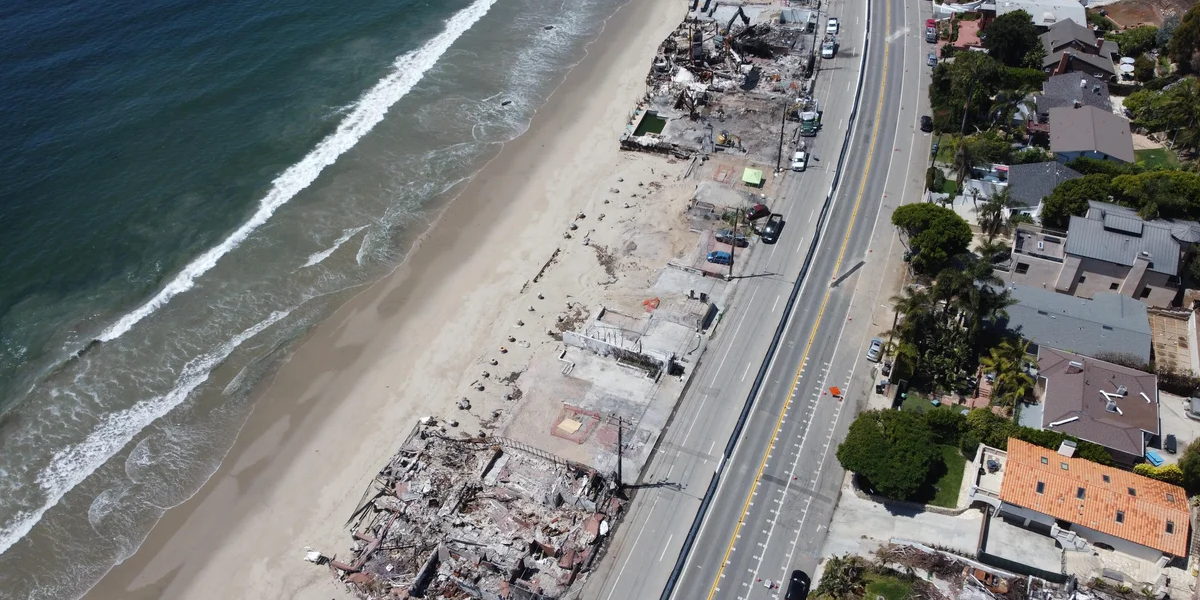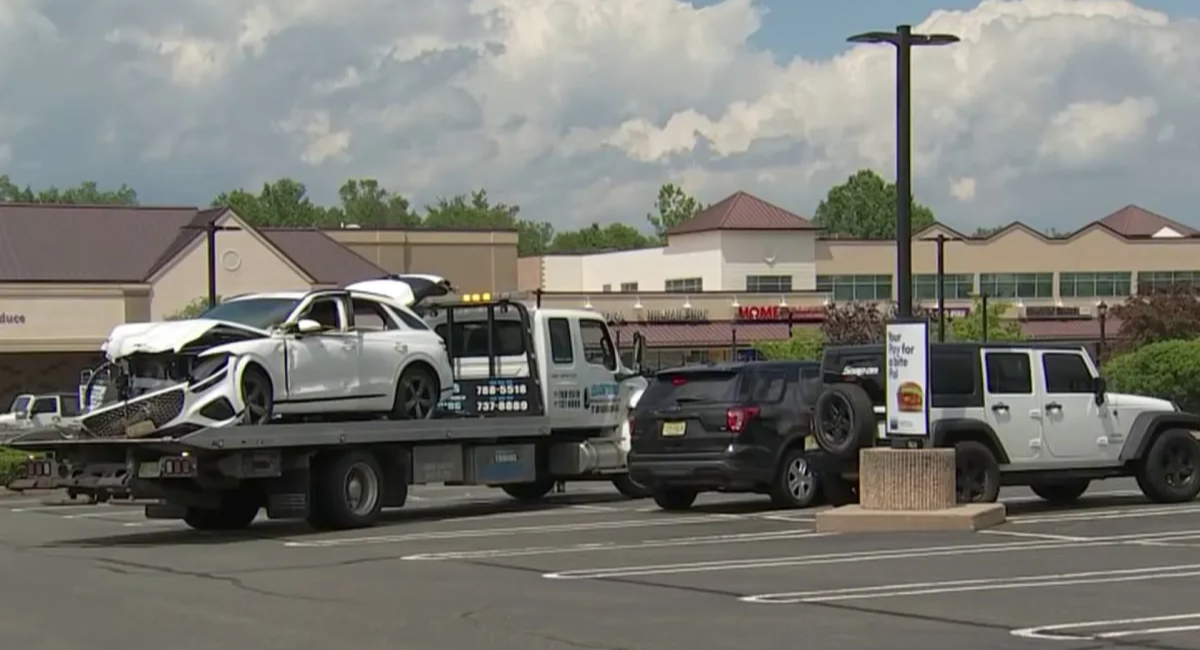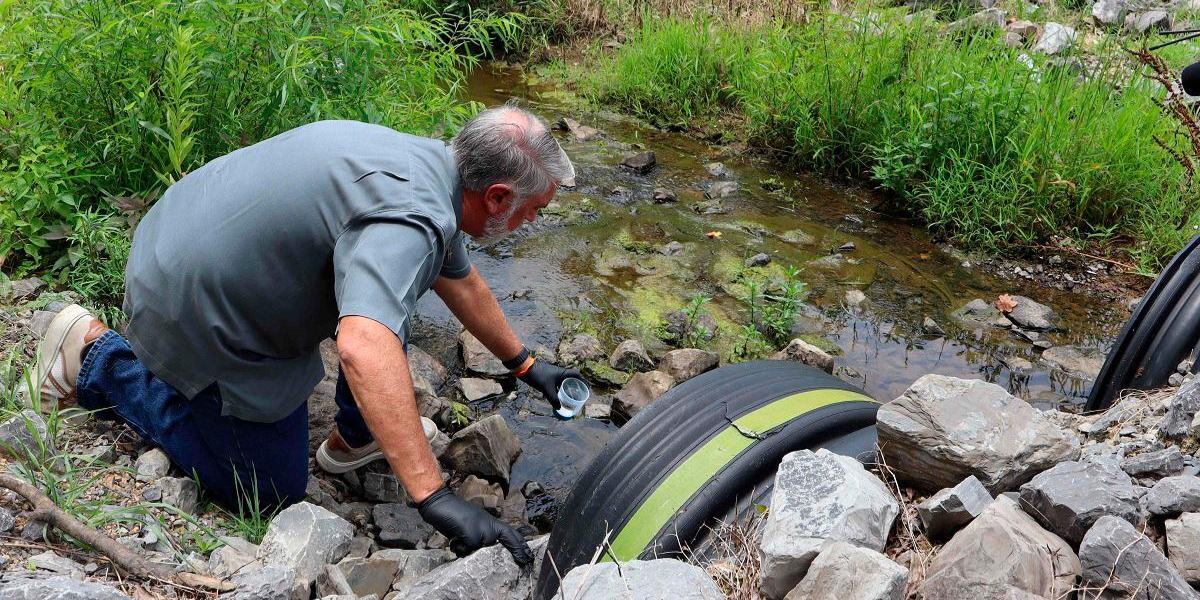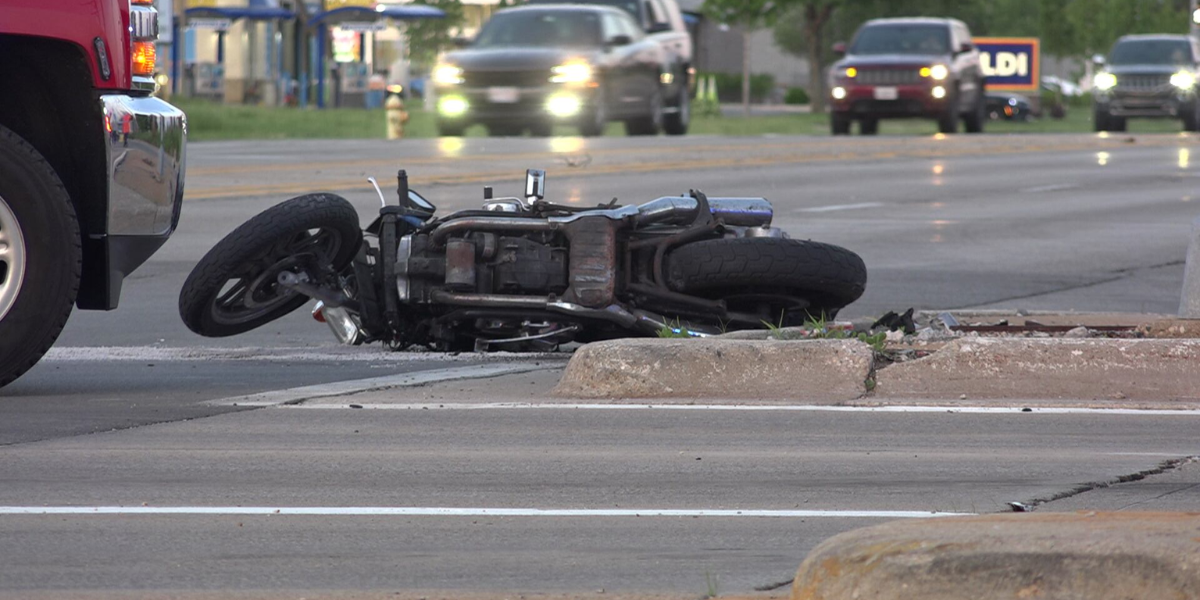LOS ANGELES — After months of closure due to wildfire damage and subsequent storm-triggered mudslides, a key stretch of the iconic Pacific Coast Highway (PCH) is set to reopen on Friday, just in time for Memorial Day weekend.
The highly anticipated reopening follows extensive cleanup and repair efforts in the wake of the Palisades Fire and a destructive mudslide earlier this year. Crews have been working around the clock since January to restore safe passage through the damaged stretch, offering a critical lifeline for local communities and holiday travelers alike.
Restoring a Vital Coastal Route
The section of PCH, a vital artery for both residents and tourists along California’s scenic coastline, was initially closed in early January due to the fast-moving Palisades Fire. The damage was compounded in April when a severe storm triggered a mudslide, covering parts of the road in debris and rendering it impassable.
In a press statement released earlier this week, Governor Gavin Newsom confirmed that the highway would reopen ahead of schedule. “This reopening marks a significant milestone in our recovery efforts and is a testament to the dedication of our emergency services and construction crews,” Newsom said.
Four Lanes Open for Holiday Traffic
Starting Friday, all four lanes previously restricted to emergency crews and residents will reopen to the public. Caltrans officials noted that the restored segment includes new utility infrastructure, cleaned roadbeds, and reinforced slope protections to prevent future mudslide risks.
Access to the route had been limited for months to first responders, utility workers, and local residents as crews worked to remove hazardous materials, repair structural damage, and demolish severely damaged homes along the corridor.
Massive Interagency Coordination
The restoration efforts were a coordinated push involving multiple agencies, including local fire departments, Caltrans, the U.S. Army Corps of Engineers, and the Governor’s Office of Emergency Services. “We had to work through unstable terrain, downed power lines, and burned-out structures — it was one of the most challenging stretches of highway repair we’ve faced in recent years,” said a spokesperson for Caltrans District 7.
Environmental safety also played a critical role. Teams removed toxic debris left behind by the fire, much of which posed long-term health risks if not addressed properly. Utility crews installed new poles, wiring, and drainage systems to stabilize the area and ensure public safety.
Holiday Travel Surge Expected
With the reopening aligning with Memorial Day weekend, travel agencies are already bracing for increased traffic. The Automobile Club of Southern California forecasts that approximately 2.9 million Southern California residents will hit the road this weekend, making it one of the busiest holiday travel periods in recent memory.
“Memorial Day weekend is always a high-travel period, and with the PCH reopening, we’re expecting even more people to take advantage of the coastal route,” said Marie Montgomery, spokesperson for the Auto Club. Travelers are being advised to plan ahead, check traffic updates, and prepare for potential congestion.
A Symbol of Recovery
For many residents in the affected areas, the reopening of PCH is more than just a traffic update — it’s a symbol of progress and resilience. Local businesses that rely heavily on coastal traffic are hopeful that the influx of tourists will offer a much-needed economic boost after months of stagnation.
“This road isn’t just asphalt — it connects our communities, supports our livelihoods, and represents the California spirit,” said Santa Monica resident and café owner Luis Hernandez.
As crews clear the final barriers and prepare for the Friday opening, the Pacific Coast Highway is once again ready to welcome travelers with its signature ocean views and coastal charm — just in time for the unofficial start of summer.
“This article was written by Mathew Owen. AI tools were used lightly for grammar and formatting, but the ideas, words, and edits are all mine.”


 by
by 

